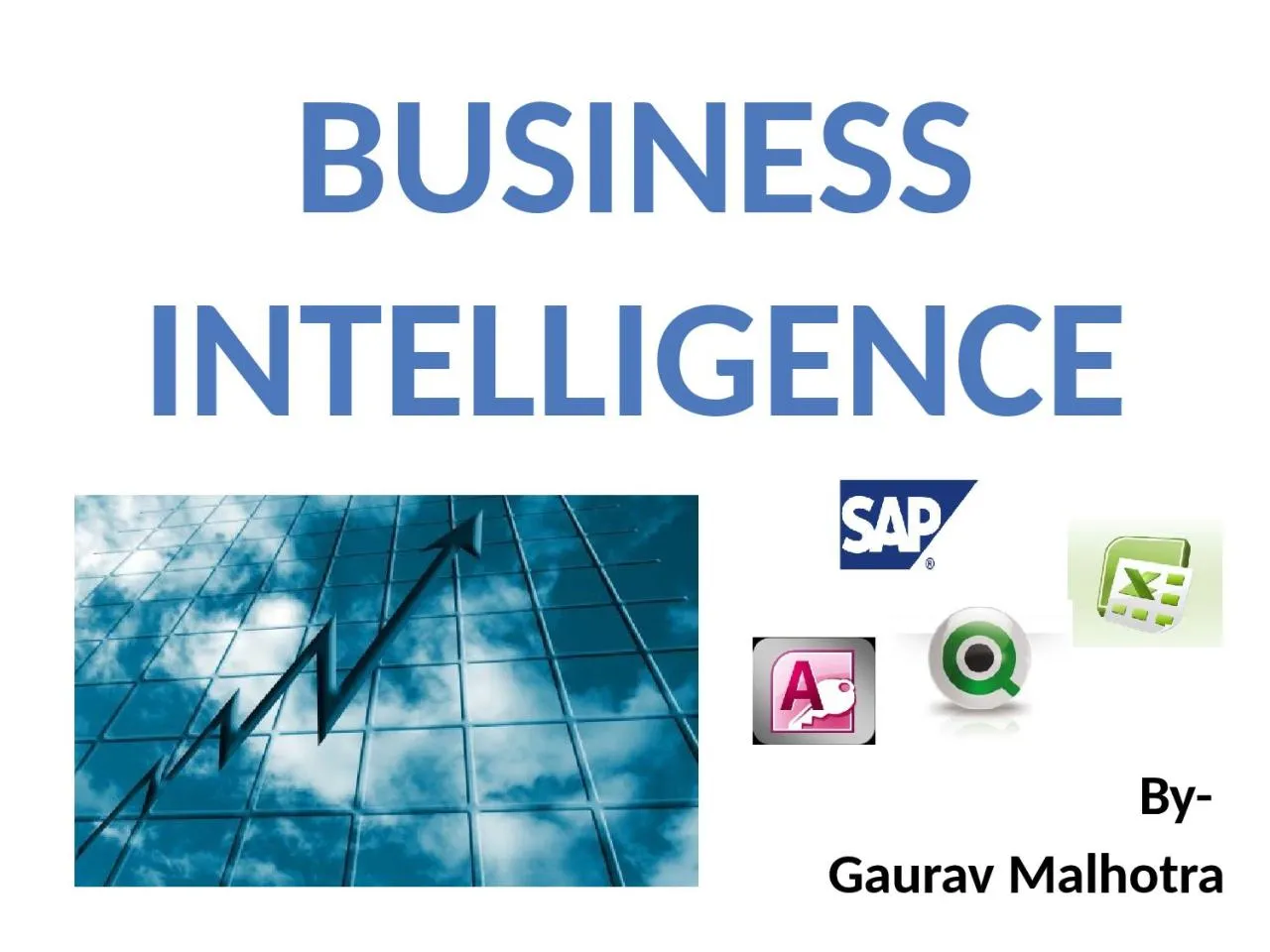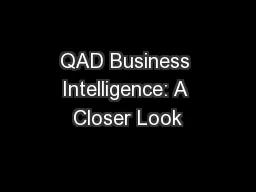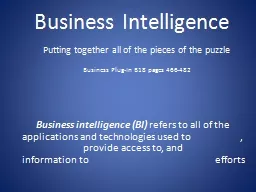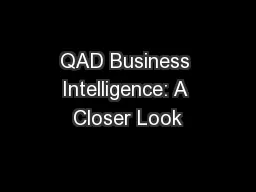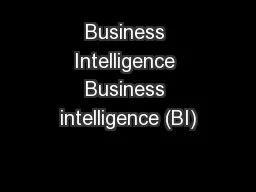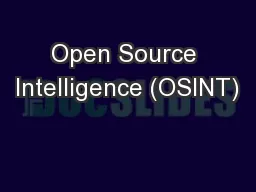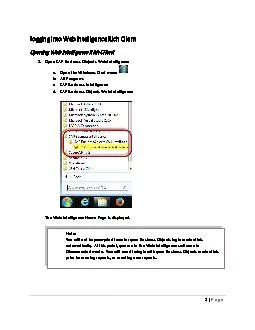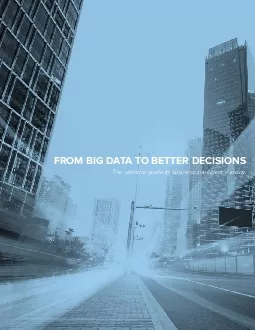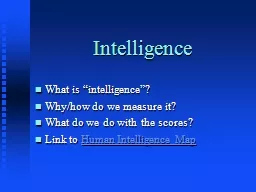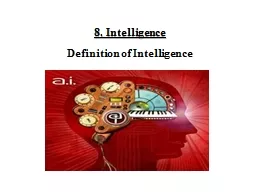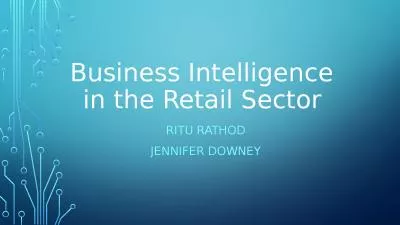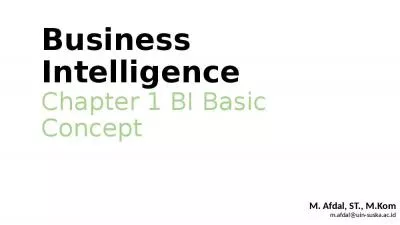PPT-By- Gaurav Malhotra Business Intelligence
Author : violet | Published Date : 2022-05-31
Agenda What BI Past of BI Why BI How BI OLAP OLTP Dashboards amp Scorecards Data Mining What is BI Business Intelligence Organized Analyzed Data BI Processes
Presentation Embed Code
Download Presentation
Download Presentation The PPT/PDF document "By- Gaurav Malhotra Business Intellig..." is the property of its rightful owner. Permission is granted to download and print the materials on this website for personal, non-commercial use only, and to display it on your personal computer provided you do not modify the materials and that you retain all copyright notices contained in the materials. By downloading content from our website, you accept the terms of this agreement.
By- Gaurav Malhotra Business Intelligence: Transcript
Download Rules Of Document
"By- Gaurav Malhotra Business Intelligence"The content belongs to its owner. You may download and print it for personal use, without modification, and keep all copyright notices. By downloading, you agree to these terms.
Related Documents

